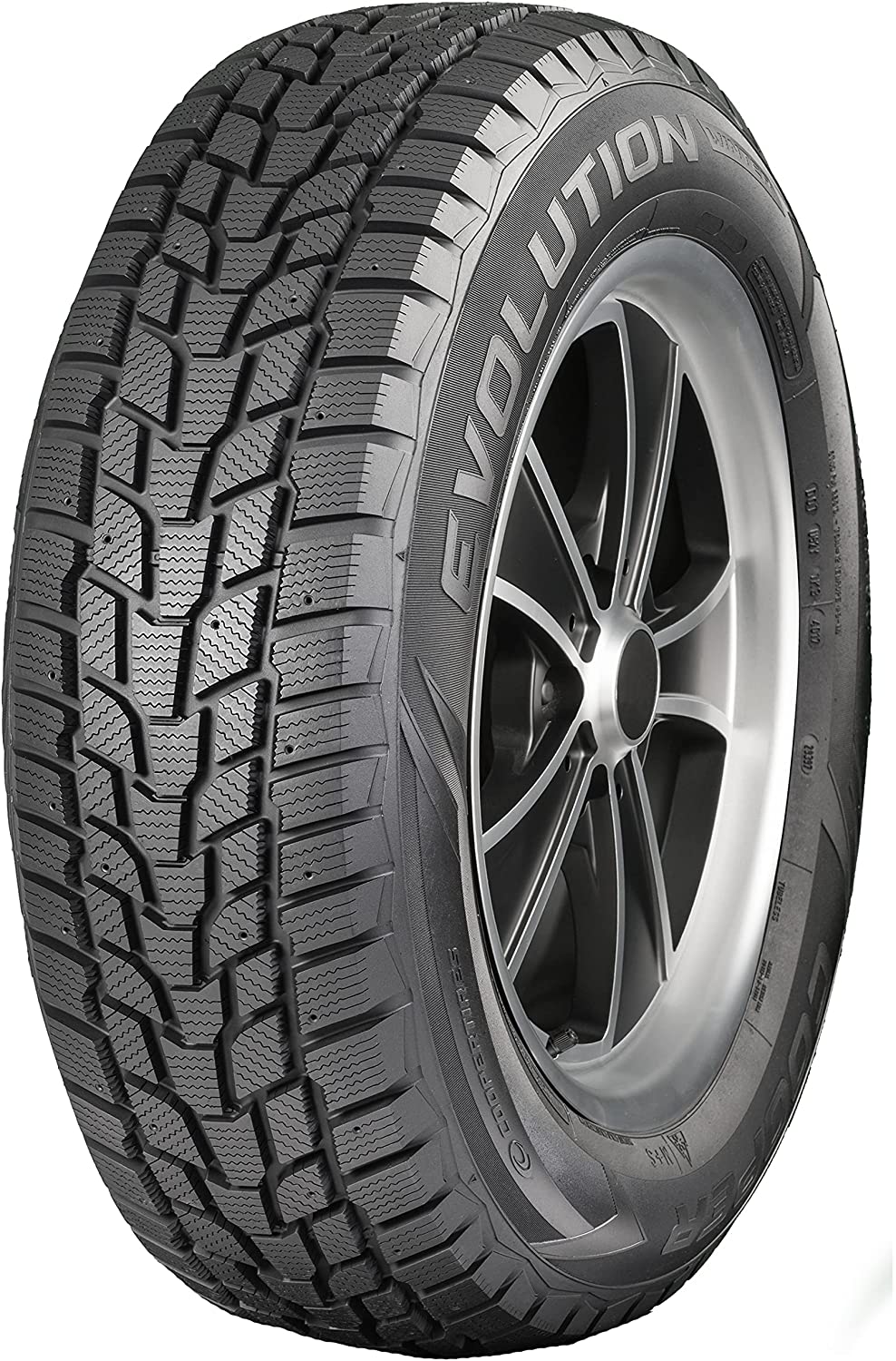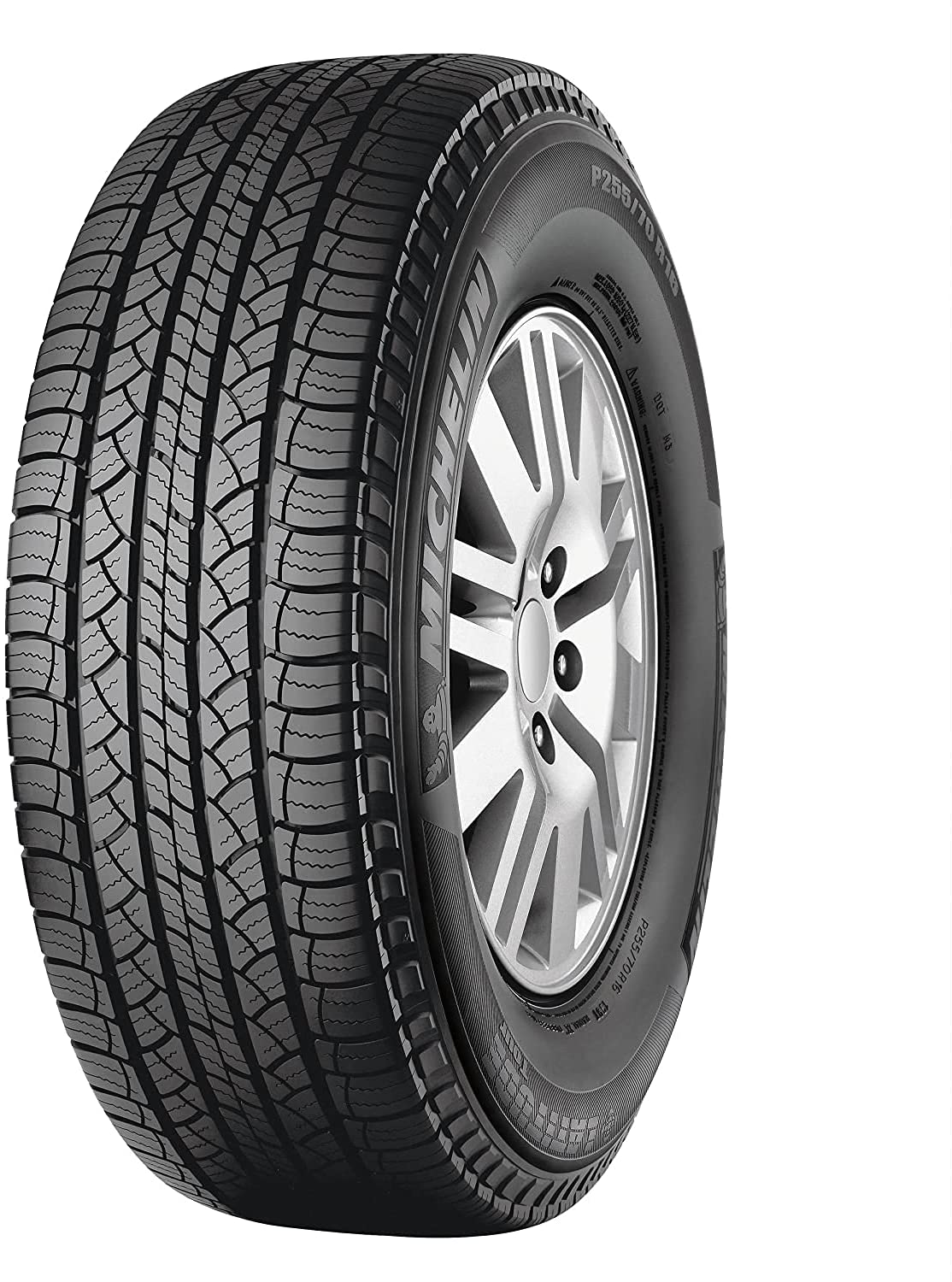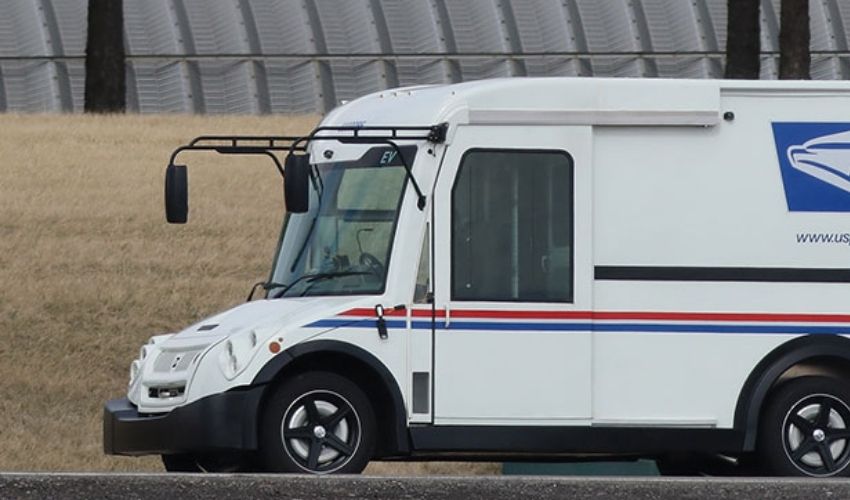A rural mail carrier is working every day to make our lives better. They perform a significant role in maintaining our communication with people or the world by delivering our various packages, parcels, or other objects. They do not shy away from facing different issues and fearlessly carry out their responsibilities. And in fulfilling this duty, they have to handle a lot of rough weather, even personal problems. Although their heroism is not seen, they are real heroes. Today we will know about them, as well as the best tires for rural mail carriers.
Here Are the Top 7 Tires for Rural Mail Carriers
| S.L. Number | Name | Image | Price |
| 1 | Cooper Evolution Winter 225/65R17 102T Tire |  |  |
| 2 | Michelin Latitude Tour All-Season Radial Car Tire for SUVs and Crossovers, 245/60R18 105T |  |  |
| 3 | |||
| 4 | |||
| 5 | |||
| 6 | |||
| 7 |
Who are they?
Before we know how rural mail carriers work, we need to know who they are. For postal mail carriers in the United States and postal employees in Canada who deliver mail in rural and suburban zones best tires for rural mail carriers are perfect for the United States and Canada are called rural mail carriers. Before they could start the service, Americans and Canadians had to go to the post office to pick up mail. This was irritating and time-consuming for them. But rural mail carriers have solved this problem for them.
Types of rural mail carriers
Rural mail carriers are separated into several categories based on the work method or recruitment process. Such as-
- Common carriers: For organizational and statement purposes, regular rural carriers who work on a settled rural route on the assumption of triweekly, five, five-and-a-half, or six days in a service week, are considered full-time mail carriers.
- Part-time, flexible rural carriers: Part-time, flexible rural carriers are those substitutes or rural carrier associates appointed following a job posting. These operators provide service on formal and auxiliary routes as instructed by authority.
- Substitutes, associates & reliefs: The following mail carriers provide service on established regular and auxiliary rural routes due to the absence of recurring or additional rural carriers. This assistance may be as leave replacement or covering regular vacant routes pending the selection of formal rural carriers, as an auxiliary assistant, or as a different route carrier.
- Auxiliary rural carriers: Persons appointed to perform an auxiliary rural route without time limitation are additional rural carriers.
- Assistant Rural Carriers: They cooperate with package delivery on weekends & holidays but can likewise play standard route duties on Saturdays.
Attire
Rural carriers wear civilian dresses instead of costumes while they deliver the mail. A basic dress code is applied, requiring cleanliness and clothing that shows a positive impression of the Postal Service. Suggestive dress is prohibited for this job. It is proposed to apply proper footwear.
With public attention concentrating on enhancing security, rural carriers wear and display identification badges. ID badges are delivered for security control of access to postal premises and operations and to describe individuals as USPS employees. An ID badge is administered to each rural carrier to be exposed during official duty hours.
Vehicle
Rural carriers are responsible for affording all vehicle equipment necessary for reliable and timely handling of the mail unless the United States Polo Association (USPA)-occupied or leased vehicle is allocated to the route. If a USPS-occupied or leased vehicle is given to the road, relief carriers may be offered, but not required, to afford a car during emergency cases. The car is recommended to be large enough to contain the regular mail volume and designed to secure the mail from loss or damage.
The USPS pays an “Equipment Maintenance Allowance” or (EMA) by the relevant schedule for each day working a route using a privately owned vehicle. The carrier receives EMA for each duty day he reports to the Post Office and is appointed to complete delivery.
Any kinds of advertisements and abusive slogans are restricted from showing up on the vehicle and attire of the rural carrier.
Canada Post has marked that rural mail routes with more than 330 rural mailboxes (RMB’s) are assigned right-hand drive (RHD) courses. RHD vehicles operated by Canada post employees can be picked up with the help of a vehicle allowance from Canada post or administered by Canada post directly. Vehicle maintenance allowances are comparable to those provided in the United States.
Payment
Rural Carriers are paid a salary based on a calculation of the route they deliver. Credit is provided for all a carrier’s services and appropriately rewarded. Adjustments to the annual salary may be prepared regularly as route situations change, such as the enhancement or deletion of area or mileage. Every 12 houses with curbside service, the route would be rewarded for 24 minutes per week (4 minutes per day) along with related time costs for mail that are handed over or picked up and the mileage travelled. The yearly salary range for Rural Carriers may vary. It can be between $40,000 and $65,000, depending on the route calculation and endurance. Rural carriers cannot get overtime pay except for a short duration during the Christmas season unless they confirm the RDWL to achieve their allotted day off for the week.
There are the cost-of-living arrangements and salary increases that are arranged in each four-year contract. There are 15 step increments in a Rural Carrier pay scale. It holds about 12 years for a Rural Carrier to peak out at the top of the pay scale.
Challenges
Package delivery in rural and urban areas occurs with practical challenges not encountered in suburban areas. Distribution points may be far apart in rural areas, or a client’s mailbox may be placed far from their home. But in urban zones, numerous apartment buildings may require delivering packages to individual apartments. There is another intense competition from established carriers and start-up services in urban areas that regularly face rural mail carriers. These considerations pose serious challenges to package delivery capability.
Moreover, distributing mail in bad weather in rural areas is difficult, especially in areas where there is prolonged snowfall in winter or where roads are covered with dense snow; dropping mail or parcels is a challenging job.
Conclusion
Hope you realize how rural mail carriers work. This is not an easy task, rather tricky enough. Every day, they have to face new problems. But overcoming these hundreds of obstacles, they reach their goal. So they are heroes. We should respect them properly.

